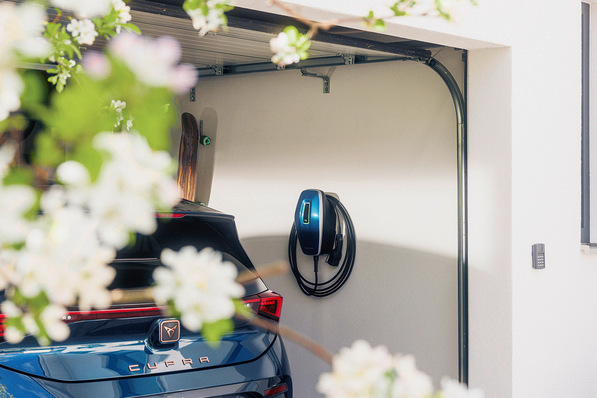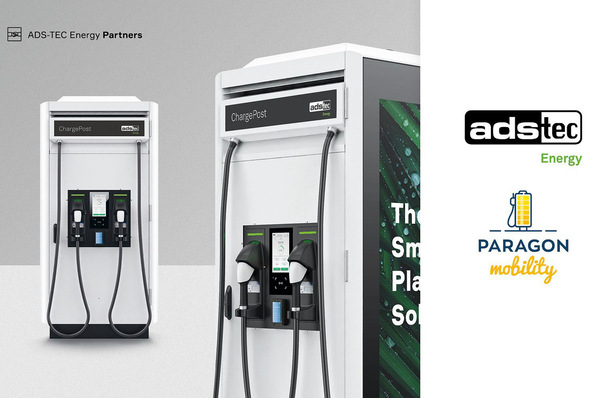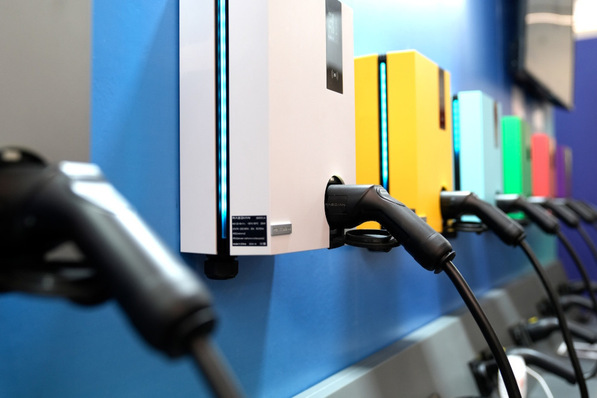5 years of research undertaken by Colas, experts in transport infrastructure, and the INES (French National Institute for Solar Energy) went into developing this patented French innovation. The result: a highly effective combination of road construction and photovoltaic techniques providing renewable energy while allowing all types of traffic called Wattway. The module plates are seven millimeters thick and are made of polycrystalline silicon, with an edge length of 15 Centimeters. According to the French Government, the project is to be financed by a higher gasoline tax.
But why use roads to collect solar energy?
By using roads, no farmland or natural landscapes need to be taken over to harvest photovoltaic energy. But roads are also particularly suited for this kind of purpose: They are only used by vehicles some 10% of the time and 20 m² of road panels provide enough electricity to power one home. (Source ADEME/CEREN 2014 – average French household for 1,000 sun hours/year – not including heating).
But aren't roads with solar panels too fragile for traffic?
It's all in the structure: The cells Wattway uses are inserted in superposed layers that ensure resistance and tire grip. With only a few Millimeters in thickness, it is possible to adapt to thermal dilation in the pavement and vehicle loads. But there is no need to rip out present roads. Wattway is applied directly onto the existing structure of the pavement which means there is no need for civil engineering work.
Curious as to what it might look like in real life? Watch the video to see how Wattway operates.






